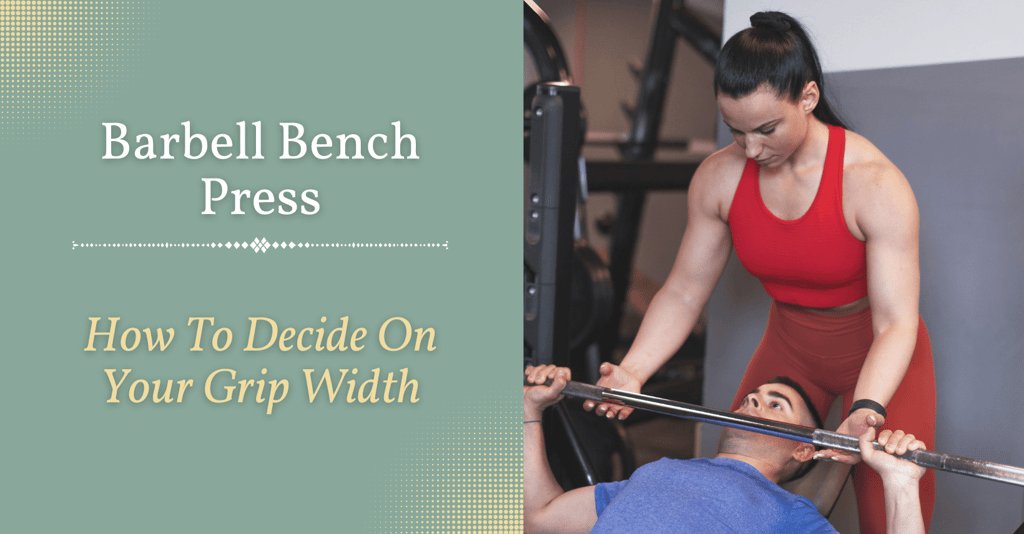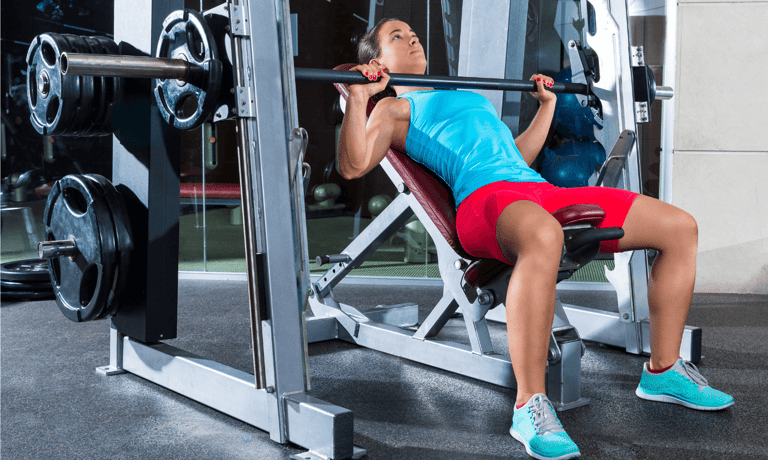Add your promotional text...
Barbell Bench Press - How To Decide On Your Grip Width
10/12/20233 min read


The barbell bench press is a classic exercise that has been a staple in strength training routines for decades. It's a compound movement that primarily targets the chest muscles but also engages the shoulders and triceps. One important aspect of performing a successful bench press is choosing the right grip width. Your grip width can significantly impact your performance and muscle engagement during the exercise. In this article, we will explore how to decide on the optimal grip width for your barbell bench press.
Why is Grip Width Important?
Before delving into how to choose the right grip width, it's crucial to understand why grip width matters. Your grip width affects the biomechanics of the bench press and the muscles that come into play during the lift. Here are the main considerations:
1. Muscle Engagement:
The width of your grip determines which muscles are activated during the exercise. A wider grip places more emphasis on the chest muscles, while a narrower grip shifts the focus towards the triceps.
2. Range of Motion:
Grip width affects the range of motion of the barbell. A wider grip increases the distance the bar must travel to touch your chest, while a narrower grip reduces this distance.
3. Shoulder Health:
Extreme grip widths can place excessive stress on the shoulder joints, potentially leading to discomfort or injury.
4. Personal Comfort:
The ideal grip width can vary from person to person based on individual anatomy and comfort levels.
If you have any questions or need some assistance, feel free to submit a comment or send us a message here.
In conclusion
Selecting the right grip width for your barbell bench press is essential for maximizing muscle engagement, minimizing the risk of injury, and achieving your training goals. Start with a shoulder-width grip as a baseline and be willing to experiment to find what feels most comfortable and effective for you. Remember that individual preferences and anatomical differences can play a significant role in determining the ideal grip width. Listening to your body and seeking expert guidance when needed will help you refine your technique and make the most of your bench press workouts.
How to Decide on Your Grip Width:
Start with Shoulder Width:
A good rule of thumb for beginners is to start with a grip width that is approximately shoulder-width apart. This grip is considered neutral and balanced, providing a solid foundation for developing proper bench press technique.
Experiment:
While shoulder-width is a great starting point, you should be willing to experiment with different grip widths to find what works best for you. Some individuals may find that a slightly wider grip engages their chest muscles more effectively, while others may prefer a narrower grip for better triceps activation.
Consider Your Goals:
Your training goals can also influence your grip width choice. If you are primarily focused on building a bigger chest, a wider grip may be more appropriate. Conversely, if you want to target your triceps or are powerlifting-oriented, a narrower grip might be preferred.
Listen to Your Body:
Pay attention to how your body feels during the bench press. If you experience discomfort or pain in your shoulders, wrists, or elbows, it may be a sign that your grip width is too wide or narrow. Adjust accordingly to reduce strain and minimize the risk of injury.
Consult a Coach or Trainer:
If you're uncertain about the right grip width for your bench press, consider seeking guidance from a certified coach or trainer. They can provide personalized recommendations based on your goals, body type, and experience level.
Progress Over Time:
As you continue to train and gain experience, your optimal grip width may change. Be open to adapting your grip width as you grow stronger and more proficient in the bench press.


